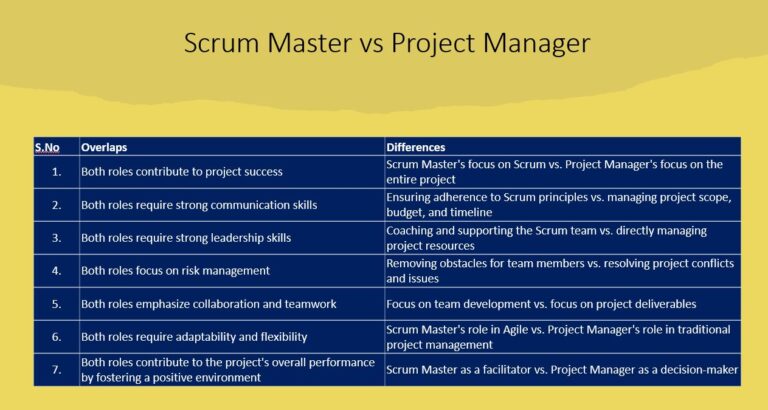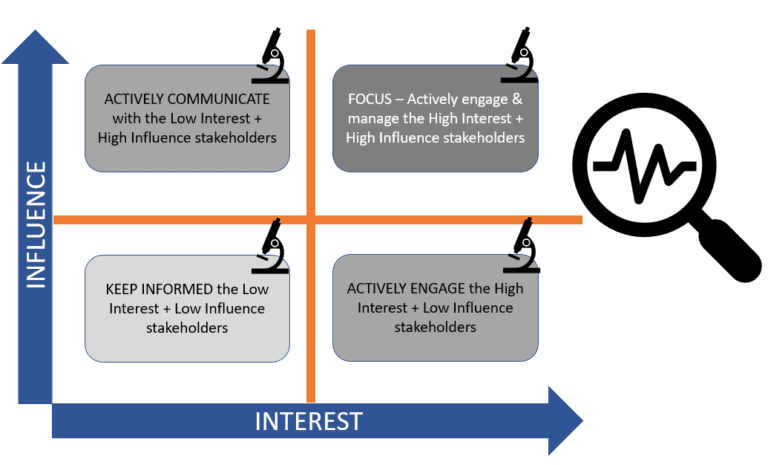Project management Techniques You Need To Succeed A Project Manager
Project management is a critical process that involves planning, organizing, and managing resources to achieve specific goals and objectives within a set timeline and budget. A successful project requires careful planning, execution, monitoring, and control.
Effectively managing projects in today’s ever-evolving business environment is no simple feat. That’s why project managers must utilize the best techniques and tools available to guarantee quality outcomes, which is precisely what this article will discuss – top strategies that can reliably lead you to success!
Whether you are a project manager working in software development, construction, healthcare, or any other industry, these techniques can help you plan, execute, and monitor your projects effectively.
Defining the Scope of Software Development Projects: Importance and Project Management Techniques

Defining the scope of a software development project is a critical step in ensuring its success. It involves determining the goals, objectives, deliverables, tasks, and timelines of the project. This process helps identify the requirements and expectations of the stakeholders and establishes clear project boundaries.
To define the scope of software development projects, project managers can use several techniques. Two such techniques are creating a project charter and a requirements document.
Project Charter
With this project charter, you’ll get a comprehensive view of who the stakeholders are, when it should be done by and how much it will cost. We’ve also included a thorough scope statement to help guarantee that our goals and objectives are fulfilled before we wrap up. Through its all-encompassing nature, this document offers an outline of what the project is aiming for as well as what can reasonably be achieved within its timeline.
The project charter is a vital tool for the project manager, as it guarantees that all parties involved in the venture are fully aware of its direction. Not only does this document provide a framework for rational decisions throughout the entire endeavor, but also serves to identify measurable results and ensure that objectives remain consistent with expectations. This ensures an optimal outcome for each individual stakeholder’s involvement.
Requirements Document

Another technique used to define the scope of software development projects is creating a requirements document. This document details the functional and non-functional requirements of the software. It describes what the software needs to do and how it should behave.
The requirements document includes the user stories, use cases, and other detailed descriptions of the software’s features.
The requirements document is an essential tool for ensuring that the software meets the stakeholders’ needs. It serves as a reference point for the development team, ensuring that everyone is on the same page regarding what needs to be delivered. It also helps prevent scope creep by providing a clear definition of what is and isn’t included in the project.
Developing a Schedule for the Project
Developing a schedule for a project is a crucial step in ensuring that the project is completed on time and within budget. It involves creating a timeline that outlines the start and end dates of the project and the various tasks and activities that must be completed.
This technique is essential for project managers to ensure that the project workflow is organized and that they can manage project phases effectively.
To develop a schedule for a project, project managers can use several techniques, including the Critical Path Method (CPM), Agile project management, Gantt charts, and work breakdown structure (WBS). These techniques help to identify dependent tasks, task dependencies, and create a roadmap for project workflow.
Critical Path Method (CPM)
The Critical Path Method (CPM) is a technique that helps project managers identify the critical path in a project. The critical path is the sequence of dependent tasks that determine the project’s duration.
CPM helps to identify which tasks must be completed first and which ones can be done in parallel. This technique helps project managers to identify potential delays and to optimize the project schedule.
Agile project management
Agile project management is another technique that project managers can use to develop a schedule for a project. Agile project management focuses on creating a flexible and adaptive project schedule that can adjust to changing requirements.

This technique involves breaking the project into smaller iterations, called sprints, and working on them sequentially.
Agile project management helps to create a more realistic project schedule and to respond quickly to changes in the project requirements.
Gantt charts and work breakdown structure (WBS) are other techniques that can be used to develop a project schedule. Gantt charts provide a visual representation of the project schedule, showing the duration of each task and the dependencies between tasks.
The WBS breaks down the project into smaller, more manageable tasks, helping to identify the tasks that need to be completed and their dependencies.
Identifying Required Resources for the Project
Project success depends on having the right resources available at the right time. Identifying required resources is a critical project management technique that involves determining what resources are needed, when they are needed, and how they will be obtained. The resources required for a project may vary depending on the project’s nature, size, and complexity.
Work Breakdown Structure (WBS)

One important step in identifying required resources is to create a work breakdown structure (WBS). A WBS is a hierarchical decomposition of the project into smaller, more manageable components.
The WBS helps to identify the various tasks and activities that must be completed, the resources required to complete them, and the order in which they must be completed.
Another important technique for identifying required resources is to use Gantt charts.
Gantt Charts
Gantt charts are visual representations of a project schedule that show the start and end dates of each task or activity. They also show the dependencies between tasks, which helps to identify the resources required for each task.
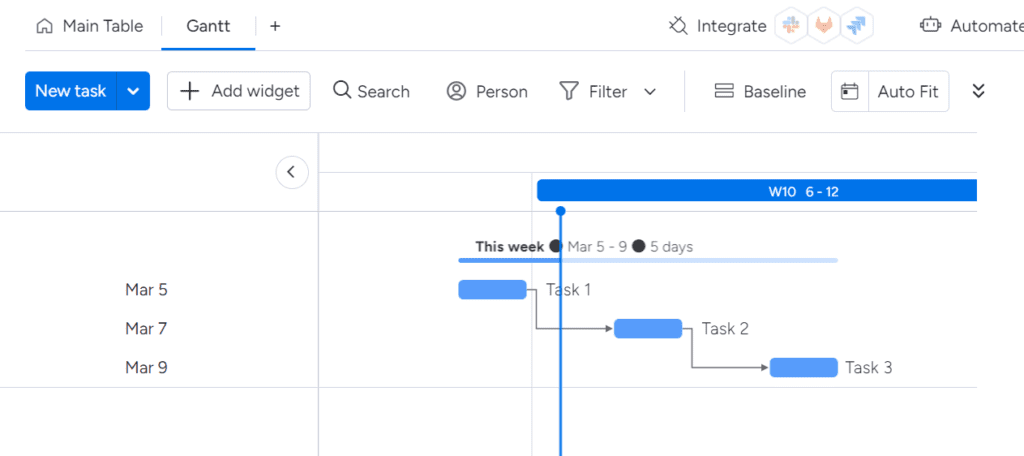
Critical path method (CPM) is another technique used to identify required resources. CPM is a project management technique that helps to identify the critical path or the sequence of activities that must be completed on time to ensure the project’s timely completion. This technique helps to identify the resources required for each task and activity on the critical path.
Agile project management is a project management methodology that emphasizes collaboration and flexibility. Agile project management involves identifying required resources on an ongoing basis throughout the project’s life cycle. This technique helps to ensure that the project is adequately resourced and that resources are allocated efficiently.
In addition to human resources, identifying required resources also includes identifying the financial and material resources required to complete the project. These resources may include equipment, software, raw materials, and office supplies.
Developing a Communication Plan for the Project

A communication plan is an essential tool for project managers to ensure that stakeholders are informed about the project’s progress, goals, and potential risks. Effective communication is vital to the success of a project, especially when stakeholders are spread across different locations, departments, or even countries.
Understand Stakeholders
Developing a communication plan starts with identifying the project’s stakeholders and understanding their communication preferences, needs, and expectations. Stakeholders can include team members, customers, sponsors, vendors, regulators, and other parties with an interest in the project.
Once the stakeholders are identified, the project manager can determine what information needs to be communicated to them, how often, and through what channels.
Communication Plan
A communication plan can include various types of information, such as project status reports, meeting agendas and minutes, progress updates, risk assessments, and change requests.
The plan should also outline the frequency and timing of communication, such as weekly status updates or monthly progress reports.
Customize for your Stakeholders
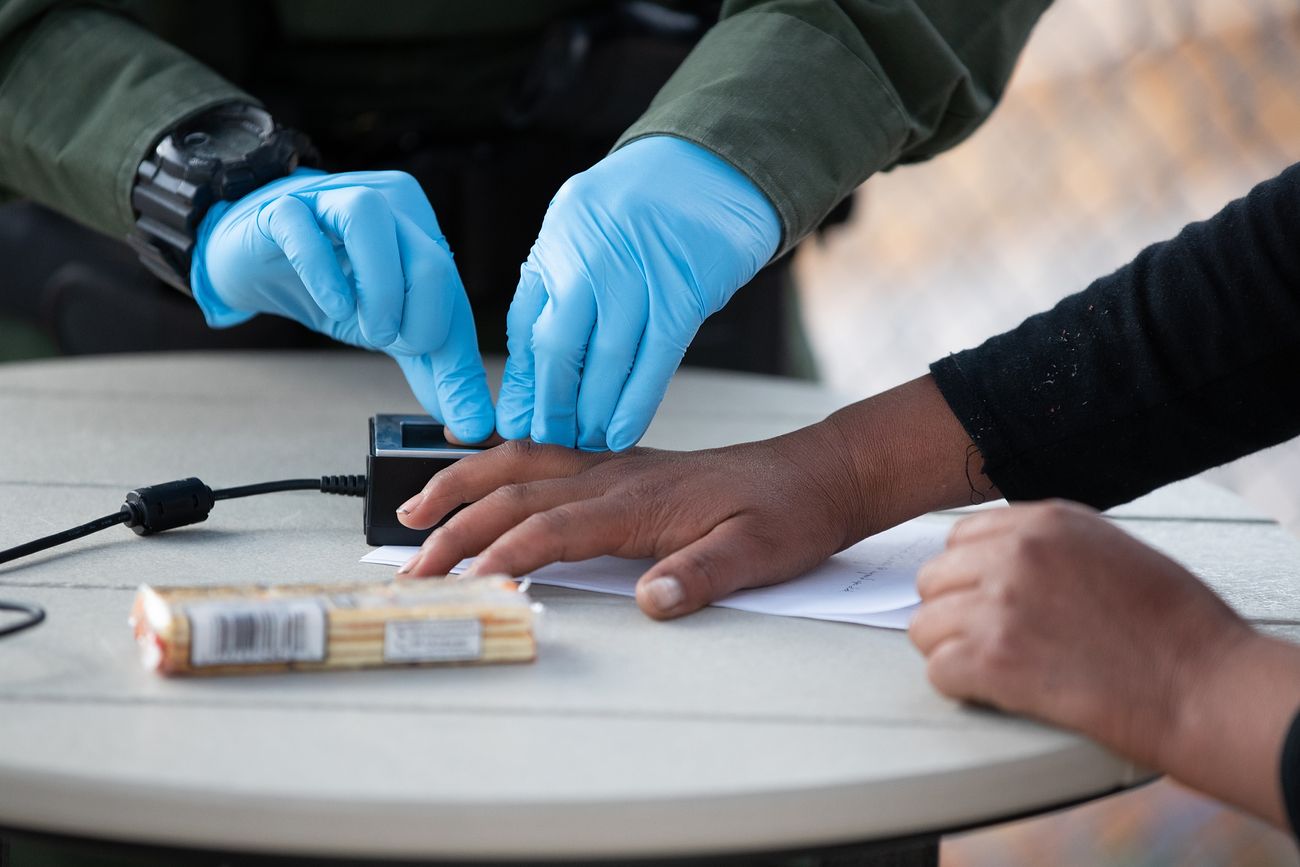
The communication plan should consider the most effective communication channels for each stakeholder. Some stakeholders may prefer email or phone calls, while others may prefer face-to-face meetings, video conferences, or project management software.
The plan should also consider the language, tone, and level of detail required for effective communication with each stakeholder.
A well-designed communication plan can help to improve project transparency, facilitate decision-making, and reduce the risk of miscommunication or misunderstandings within the project team . It can also help to build trust and engagement among stakeholders and promote a positive project culture.
The best project management techniques will not work if the communication doesn’t work properly.
Creating a Quality Management Plan for the Project

Quality management is an essential component of any successful project. It helps to ensure that the final product meets customer expectations and is delivered on time, within budget, and with minimal defects or errors. A quality management plan provides a framework for monitoring and measuring the quality of the project’s output at each stage of its life cycle.
The plan also outlines strategies for identifying potential risks early in the process and addressing them before they become major problems. By setting clear goals and objectives related to quality, a quality management plan can help teams stay focused on delivering results that meet or exceed customer needs while avoiding costly mistakes due to poor planning or execution.
The following steps can be used to create a quality management plan for a project:
Define quality requirements
The first step in creating a quality management plan is to define the quality requirements for the project. This includes determining what quality standards and specifications the project deliverables must meet.
Establish quality objectives
Once the quality requirements have been defined, the next step is to establish quality objectives. This involves setting specific, measurable, achievable, relevant, and time-bound (SMART) goals that the project team can work towards.
Develop quality assurance processes
Quality assurance processes are put in place to ensure that the project is meeting the established quality requirements and objectives. This includes creating checklists, conducting audits, and performing inspections.
Implement quality control processes
Quality control processes are put in place to identify and correct any quality issues that arise during the project. This includes conducting testing, reviewing deliverables, and monitoring project progress.
Create a quality management plan document
The quality management plan document outlines the quality requirements, objectives, and processes that will be used to ensure project deliverables meet the required quality standards. It is important to communicate this plan to all stakeholders and team members to ensure that everyone is on the same page.
By implementing a quality management plan, project managers can ensure that the project outcomes meet the required quality standards and are of high quality.
Establishing a Change Management Plan for the Project
An effective change management plan is crucial to the success of a project, particularly when dealing with complex projects that are prone to changes. Change management involves identifying potential changes, assessing their impact on the project, and developing a plan to implement them while minimizing risks and avoiding delays.
The change management plan should outline the roles and responsibilities of the project team members and stakeholders involved in the change process, as well as the procedures for requesting, reviewing, and approving changes. It should also establish a system for tracking and documenting changes and their impact on the project.
In addition, the change management plan should include a risk management component that identifies potential risks associated with changes and outlines strategies to mitigate them. This could include conducting impact assessments, developing contingency plans, or involving stakeholders in the change process.
Overall, establishing a change management plan ensures that changes are properly evaluated and implemented, and that the project is completed on time, within budget, and to the satisfaction of the stakeholders.
Implementing the Project According to Plans and Procedures

To implement a project successfully, the project team needs to be well-coordinated and focused on executing the project tasks and activities according to the established plans and procedures. This requires effective communication and collaboration between team members to ensure that everyone is aligned and working towards the same goals.
One key technique for implementing a project is to use a project management software tool, such as Trello or Asana, which can help teams track their progress, manage tasks and deadlines, and communicate effectively. These tools can also help teams identify and resolve any issues or roadblocks that arise during the project.
Another important technique is to regularly review and monitor progress against the project plan and schedule. This involves tracking the completion of project tasks and ensuring that they are completed within the specified timeframe and budget. It also involves identifying any deviations from the plan and taking corrective action as necessary.
Effective project implementation also requires a focus on risk management. This involves identifying potential risks and developing strategies to mitigate or manage them. Risk management techniques can include developing contingency plans, conducting regular risk assessments, and monitoring risk throughout the project lifecycle.
Overall, successful project implementation requires a combination of effective planning, communication, collaboration, and risk management, as well as the use of appropriate tools and techniques to manage tasks and monitor progress.
Evaluating the Results of the Project and Making Changes as Necessary
Project completion marks the end of the project life cycle, and it is crucial to evaluate the results to ensure that the project goals and objectives were achieved. One way to evaluate the project is through program evaluation, which is a systematic method of collecting and analyzing information about a project’s effectiveness and efficiency.
Another technique that can be used is the review technique, which involves gathering feedback from stakeholders on the project’s outcomes.

To ensure that the project evaluation process is effective, project managers must use the right project management tools. For example, using a software tool like a project management software can help in tracking project progress and identifying areas that need improvement. It can also help in monitoring project metrics such as budget, timeline, and resource allocation.
Project managers should also ensure that they have established clear evaluation criteria at the start of the project. This will help in objectively measuring the project’s success and identifying areas that need improvement. The project manager can then use this information to make changes to the project plan, procedures, and processes.
It is essential to note that project evaluation should not be viewed as a one-time event. Instead, it should be an ongoing process throughout the project life cycle. This will help in identifying and addressing any issues as they arise and ensuring that the project remains aligned with the stakeholder’s goals and objectives.
Creating a Risk Management Plan for the Project
To create a risk management plan, the project team must identify all potential risks that may impact the project. This includes risks related to the project scope, timeline, budget, resources, and stakeholders. Once the risks are identified, they must be analyzed to determine their likelihood and potential impact on the project.
The project team can use various tools and techniques to assess and prioritize risks, such as a risk matrix or a risk assessment workshop.
After the risks are analyzed and prioritized, the project team can develop strategies to mitigate or manage the risks. This may include creating contingency plans, developing alternative solutions, or implementing risk response plans.
The risk management plan should also include a process for monitoring and controlling risks throughout the project lifecycle.Effective risk management is critical for project success, as it helps to identify potential issues before they occur and enables the project team to take proactive measures to mitigate them.
By creating a comprehensive risk management plan, project managers can ensure that their projects are completed on time, within budget, and to the satisfaction of stakeholders.
Agile Project Management Methodology for Complex Projects
Agile project management methodology is an approach to project management that emphasizes flexibility and adaptability. This methodology is particularly useful for managing complex projects, which are often characterized by high levels of uncertainty and unpredictability.
Extreme project management is a related approach to project management that emphasizes rapid development and delivery of products or services. Extreme project management is often used in conjunction with agile project management, as both methodologies share a focus on flexibility and adaptability.
To manage complex projects using agile project management, several key techniques can be employed. One such technique is the use of a work breakdown structure, which involves breaking down the project into smaller, more manageable components. This technique allows for greater visibility and control over the project, making it easier to manage and adjust as needed.
Another important technique in agile project management is the use of a project life cycle. The project life cycle is a framework for managing projects that involves several distinct stages, including initiation, planning, execution, and closure. By using a project life cycle, project managers can better manage complex projects by breaking them down into smaller, more manageable phases.
In addition to these techniques, agile project management also emphasizes the use of review techniques, such as regular project reviews and retrospectives. These techniques allow project managers to review project progress and adjust plans and strategies as needed, ensuring that the project stays on track and meets its objectives.
Top 5 Project Management Tools
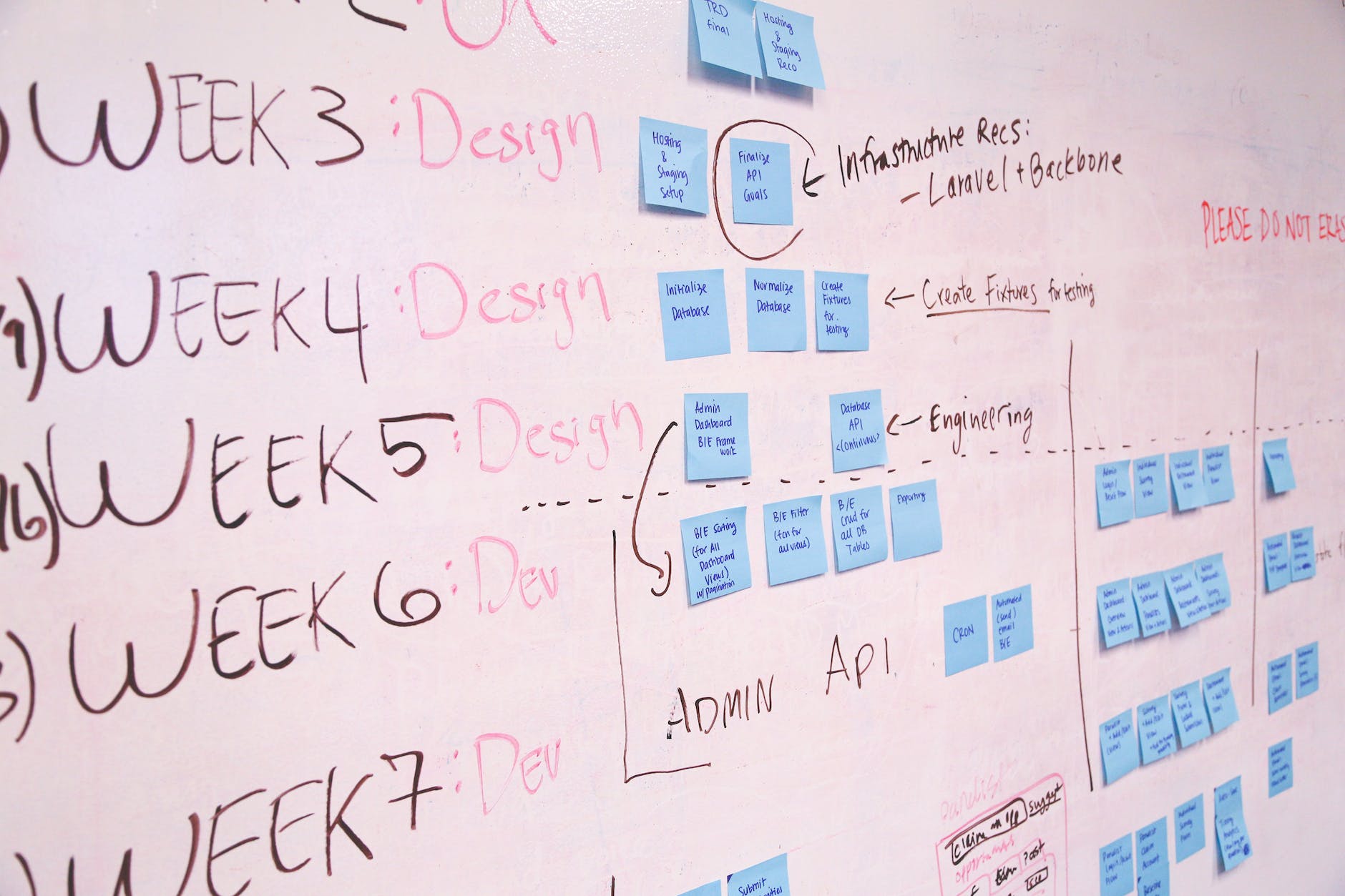
There are many project management tools available in the market today that can help project managers plan, manage, and complete projects successfully. Here are the top five project management tools that every project manager should consider:
Trello
Trello is a popular project management tool that helps teams organize and prioritize tasks. It uses a visual board that allows team members to see the status of each task in real-time.
Asana
Asana is a comprehensive project management tool that offers features such as task management, project planning, and team collaboration. It is ideal for managing complex projects that require a high degree of organization and coordination.
Microsoft Project
Microsoft Project is one of the oldest project management tools available, and it is still widely used today. It is a comprehensive tool that offers features such as Gantt charts, critical path analysis, and resource management.
Jira
Jira is a project management tool that is specifically designed for software development projects. It offers features such as agile project management, task management, and bug tracking.
Basecamp
Basecamp is a popular project management tool that offers features such as task management, project planning, and team collaboration. It is an excellent tool for planning and managing projects that involve remote team members.
Using the right project management tools is crucial for project success. These tools can help project managers and team members stay organized, collaborate effectively, and complete tasks on time. Whether you prefer traditional project management tools like Microsoft Project or agile project management tools like Jira, there is a tool out there that will meet your needs.
Frequently Asked Questions
What is project management?
Project management is the process of planning, organizing, and managing resources to achieve specific project goals and objectives. It involves the use of various techniques and tools to ensure project success.
What are some essential project management techniques?
Essential project management techniques include creating a project charter, developing a work breakdown structure, identifying required resources, developing a budget and communication plan, and evaluating the results of the project.
How can I create a project charter?
To create a project charter, you should define the project scope, goals, and objectives, identify stakeholders, determine project risks and assumptions, and establish a project timeline.
What is a work breakdown structure (WBS)?
A work breakdown structure (WBS) is a hierarchical breakdown of project tasks and deliverables. It helps to organize and manage the project by breaking down complex tasks into smaller, more manageable parts.
Why is identifying required resources important in project management?
Identifying required resources is important in project management to ensure that the project is adequately resourced and that resources are allocated efficiently. It also helps to ensure that the project is completed within the allocated budget.
What is a project budget?
A project budget is an estimate of the costs associated with the project, including labor, materials, and other expenses. It helps to ensure that the project is completed within the allocated budget.
Why is communication important in project management?
Communication is important in project management to ensure that stakeholders are kept informed throughout the project and that communication is efficient and effective. This helps to ensure that the project meets the expectations of the stakeholders.
What is a quality management plan?
A quality management plan is a plan that involves developing strategies and processes to ensure that project deliverables meet the required quality standards. It helps to ensure that the project outcomes are of high quality and meet the expectations of stakeholders.
What is a change management plan?
A change management plan is a plan that involves developing strategies and processes to manage changes to the project scope, schedule, or budget. It helps to ensure that changes are properly evaluated, approved, and implemented without causing major disruptions to the project.
How can I mitigate project risks?
You can mitigate project risks by identifying potential risks that could impact the project, developing strategies to mitigate those risks, and regularly monitoring and assessing the project for potential risks.
More from the author on Agile coach, Scrum Master / Product Owner / Why you need a Career Coach / Managing Managers / IT Career switch.





